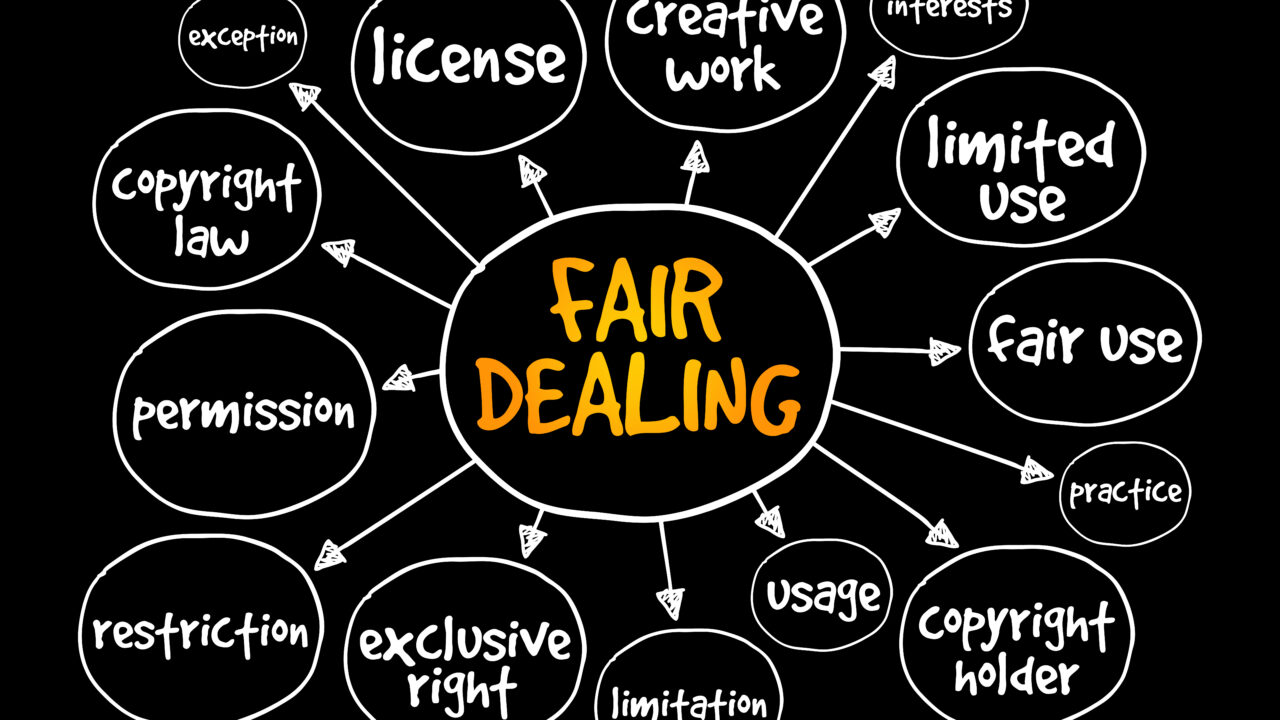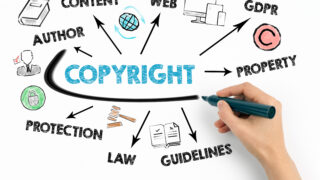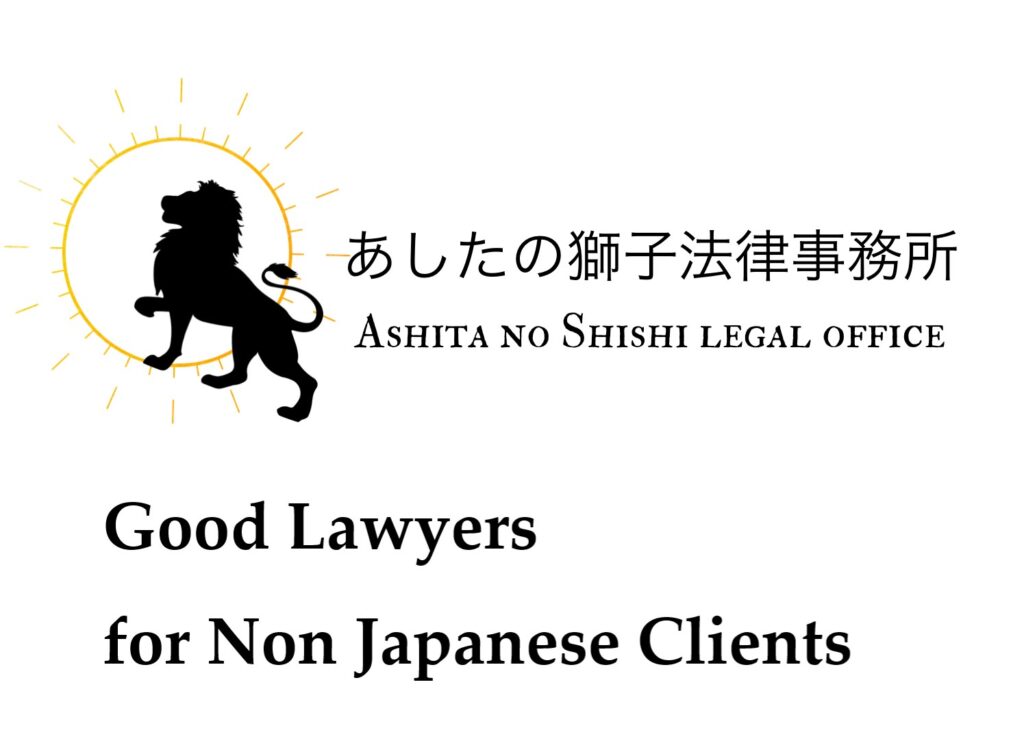Frequently Asked Questions about Japanese Copyright
In principle, you need to get permission from the right holders to use their creations. However, strict application of this principle can make people’s creative activities harder. Imagine the situation you take a group photo. One member of the group wears a T-shirt on which famous anime character is printed. In that case, if copyright laws are strictly applied, you may need to ask him to change the clothes which has no character or artistic designs (simple and boring T-shirt is better) and take the photo again.  Imagine you take a movie in which an actor walk down the street. After shooting the movie, you may need to put a lots of mosaics and delete some scenes to hide the image of posters, drawings and other copyrighted works and edit sounds to make the BGM of stores inaudible. This is quite tiresome job and thanks to such efforts your work could be lawful but ruined.
Imagine you take a movie in which an actor walk down the street. After shooting the movie, you may need to put a lots of mosaics and delete some scenes to hide the image of posters, drawings and other copyrighted works and edit sounds to make the BGM of stores inaudible. This is quite tiresome job and thanks to such efforts your work could be lawful but ruined.
This Article was written by ATSURO TSUJINO (Attorney at Law of Ashita no Shishi Legal Office)
Are there rules for Fair Use in Japan?
So, there should be some systems to balance between the protection of copyright holders and creative or business activities by others. In the United States, there is a rule called Fair Use.
Fair use is a legal doctrine that promotes freedom of expression by permitting the unlicensed use of copyright-protected works in certain circumstances. Section 107 of the Copyright Act provides the statutory framework for determining whether something is a fair use and identifies certain types of uses—such as criticism, comment, news reporting, teaching, scholarship, and research—as examples of activities that may qualify as fair use. (From US Copyright Office https://www.copyright.gov/fair-use/more-info.html)
Japan has not introduced this rule but some rules are created based on the similar understanding in part. One of such rules is called 写り込み Utsurikomi, rules for exploitation of incidentally captured works. This rule stipulates conditions for unlicensed use of the copyrighted works which are incidentally included in your works. According to this rule, you basically need to satisfy the following conditions:
- the copyrighted work are incidentally included in your photo, movies, recording or other works;
- your use of copyrighted works is minor; and
- your use can be considered as fair and does not unfairly infringe the right of copyright holder.
What is minor use?
The standard of minor use may be unclear to many people. Basically this is judged according to the following criteria:
- What percentage of your work does the copyrighted work take up?
- How accurately is the copyrighted work reproduced in your work?
If you take a picture and image of other company’s poster is incidentally captured in it, the size of the poster in the picture is very important. Whereas when it comes to movie, not only size but also the length of time when the image of the poster appears count. And even if the size of the poster is big and it appears in the movie for a long time, it can be minor use in case the image of poster is not shown clearly. 
What is fair and what is unfair?
Standard of fairness is even more elusive than minor use. What is fair? Fair for Whom? Who can decide the fairness?
Haruki Murakami said “Life is basically unfair. It can’t be denied. But I think even in the unfair environment, it is possible to seek some kind of fairness.” (from “What I talk about when I talk about Running”.)
According to the Report of Agency for Cultural Affairs, following ways of use can be considered unfair because the license of right holders should be obtained for such use.
(1) Intentional use of music as BGM for TV programs, Internet videos, etc. (2) Making a movie of wedding ceremony by recording music for the exciting moment when music is important factor such as entrance of a bride and groom, introduction movie, and entertainment show. (3) Intentionally placing famous character figures or paintings of famous artists to be shown in the movies for the purpose of increasing the number of viewers on the streaming services and making a profit. (4) Using the movie or image of games for a video game walkthrough. (From the Report of Agency for Cultural Affairs on the expansion of rights restriction related to incidentally captured works)

Can we Use movies of game for game walkthrough?
Yes, in our daily lives, we often encounter the examples listed above, especially when we watch YouTube. In fact, to promote popularity, some game companies like Nintendo openly allow users to make a video game walkthrough using gameplay footage or screenshot (Nintendo Game Content Guideline for Online Video & Image Sharing Platforms). If there are such permissions, it shouldn’t be a problem. Otherwise, the right holders can pull the trigger anytime against unfair free riders. Another way to use other person’s copyrighted work without getting permission is quotation. We discuss “How to Quote it” in another article. https://highly-skilled-japan.com/2021/08/07/1577/ 












